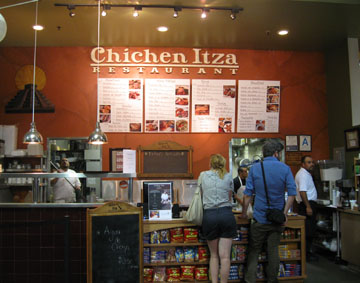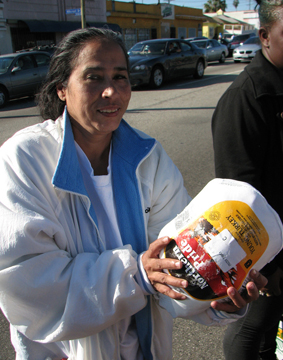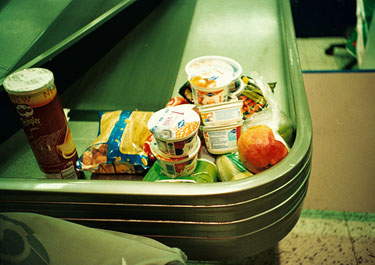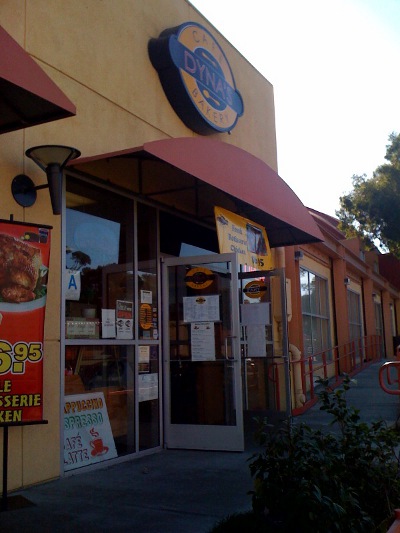By Cara Rifkin
 The Mercado La Paloma is a charming and vibrant space filled with restaurants and non-profit organizations. Chichen Itza is a Yucatan restaurant at the center of the Mercado, not only for where it is situated in the market, but for its eleven successful years in business. Chef Gilberto Cetina and his son, Gilberto Cetina Jr., have been at the Mercado since day one. Their story warms the heart, and their food satisfies the belly.
The Mercado La Paloma is a charming and vibrant space filled with restaurants and non-profit organizations. Chichen Itza is a Yucatan restaurant at the center of the Mercado, not only for where it is situated in the market, but for its eleven successful years in business. Chef Gilberto Cetina and his son, Gilberto Cetina Jr., have been at the Mercado since day one. Their story warms the heart, and their food satisfies the belly.
Both men previously had careers outside of the culinary arts (Cetina a civil engineer, Cetina Jr. a computer technician) before making their living at Chichen Itza. Nevertheless, food was always a part of the family. Cetina’s mother had a restaurant in Yucatan, Mexico, and special occasions were always celebrated by cooking large meals. It wasn’t until spaces became available to vendors at Mercado La Paloma that Cetina decided to pursue his dream of owning a restaurant, just like his mother. Just after the grand opening eleven years ago, Cetina Jr. gave up his job to join the staff. Cetina and Cetina Jr. share a passion for cooking and working in the restaurant industry.
Through authentic Yucatan cuisine and incredibly engaging personalities, the father and son team have created a community for Yucatecan people living in Los Angeles. Family and friends gather every seven days for Sunday supper, and Cetina and his son are at the heart of this weekly occasion. They have incorporated family values into their business, and the community that they have created proves it.









 E.J. Jackson knew how desperately people would need him this year.
E.J. Jackson knew how desperately people would need him this year. This week, the United States Department of Agriculture and Department of Health released new dietary guidelines. Updated every five years, the food pyramid taught in classrooms around the nation is a beacon of healthy food choices.
This week, the United States Department of Agriculture and Department of Health released new dietary guidelines. Updated every five years, the food pyramid taught in classrooms around the nation is a beacon of healthy food choices.  Grocery stores between the two communities had a gap just as wide as restaurants.
Grocery stores between the two communities had a gap just as wide as restaurants. This unassuming little cafe, tucked behind the Steak and Fries in Baldwin Hills Shopping Center, offers a broad range of delights: including breakfast specials, pastries rotisserie chicken, Mexican food and Asian entrees. On one side, a coffee shop with giant muffins tantalizingly on display; on the other, a few tables allow room for a quick bite and a sampling of the free WiFi.
This unassuming little cafe, tucked behind the Steak and Fries in Baldwin Hills Shopping Center, offers a broad range of delights: including breakfast specials, pastries rotisserie chicken, Mexican food and Asian entrees. On one side, a coffee shop with giant muffins tantalizingly on display; on the other, a few tables allow room for a quick bite and a sampling of the free WiFi. 





